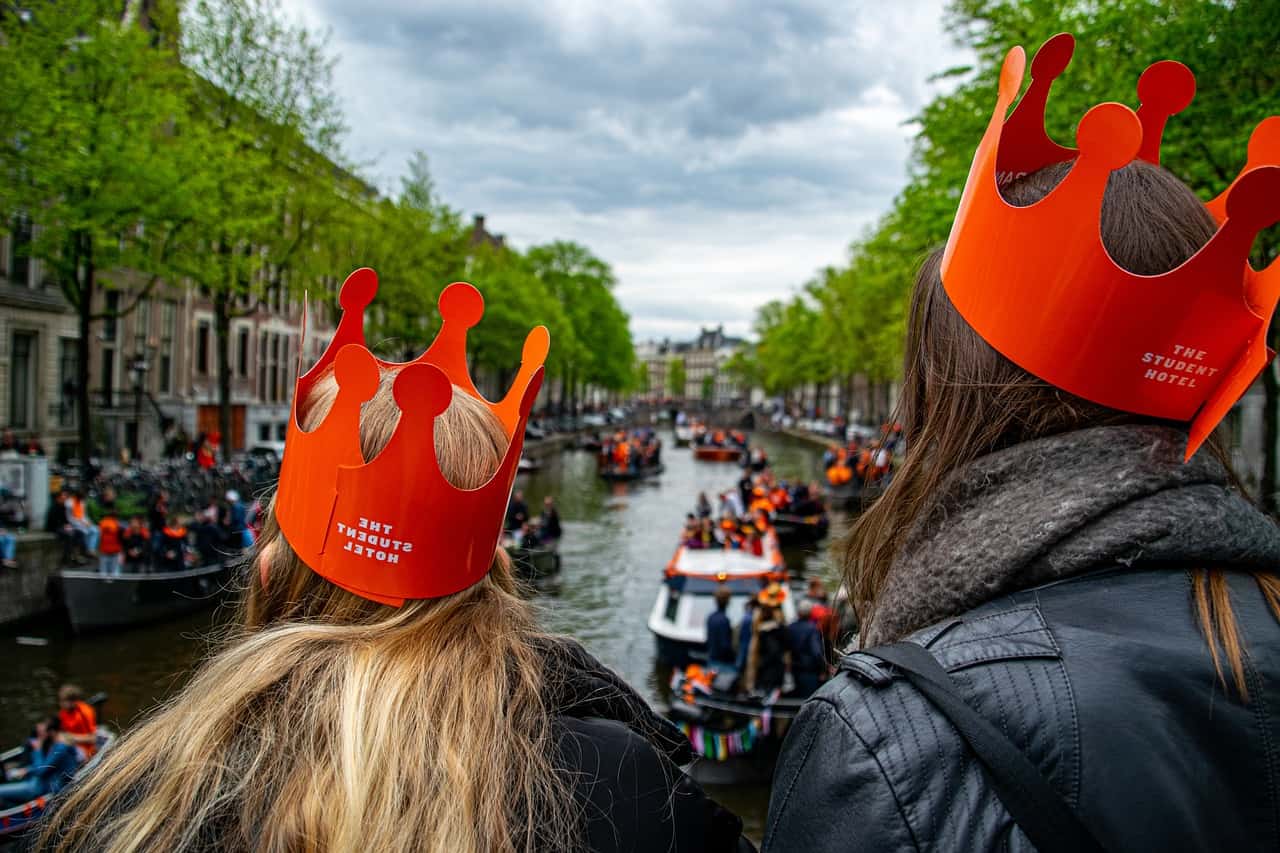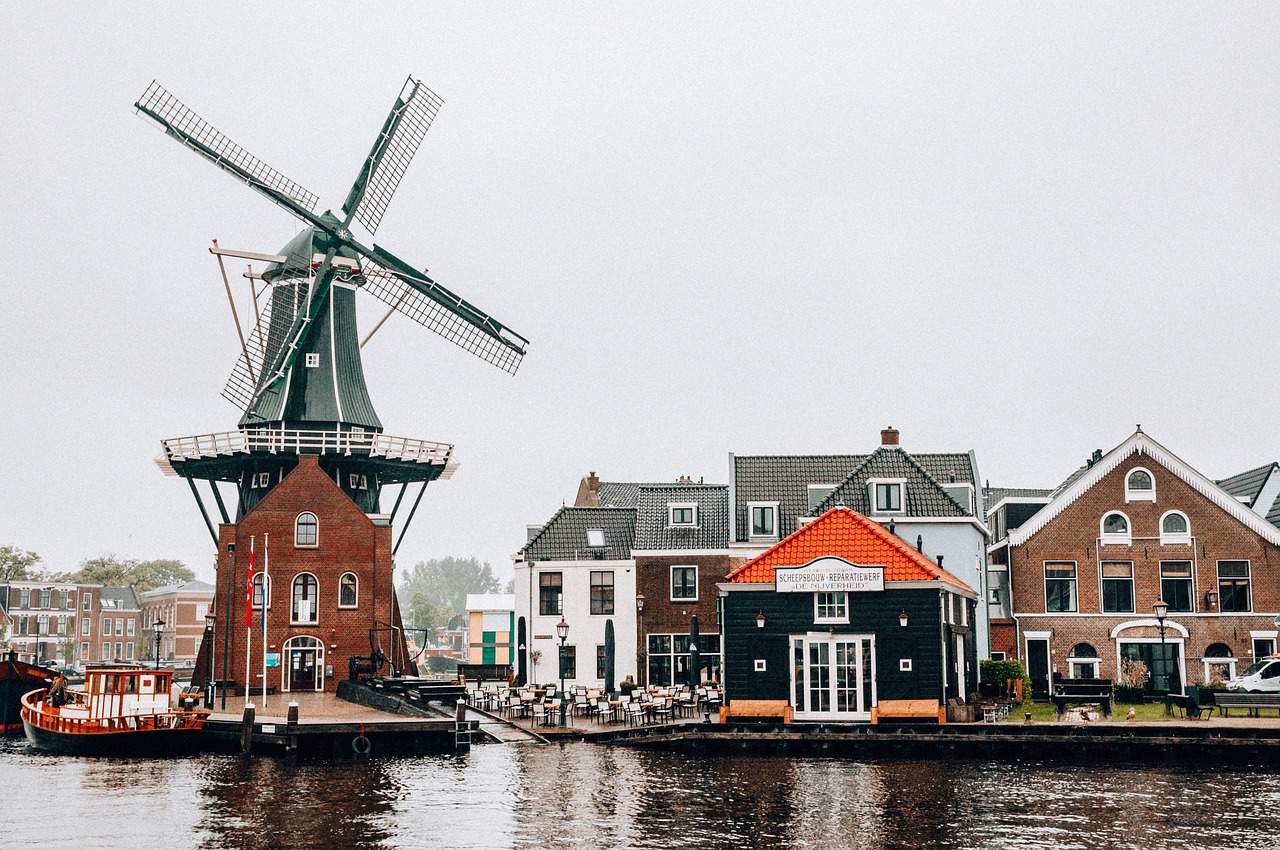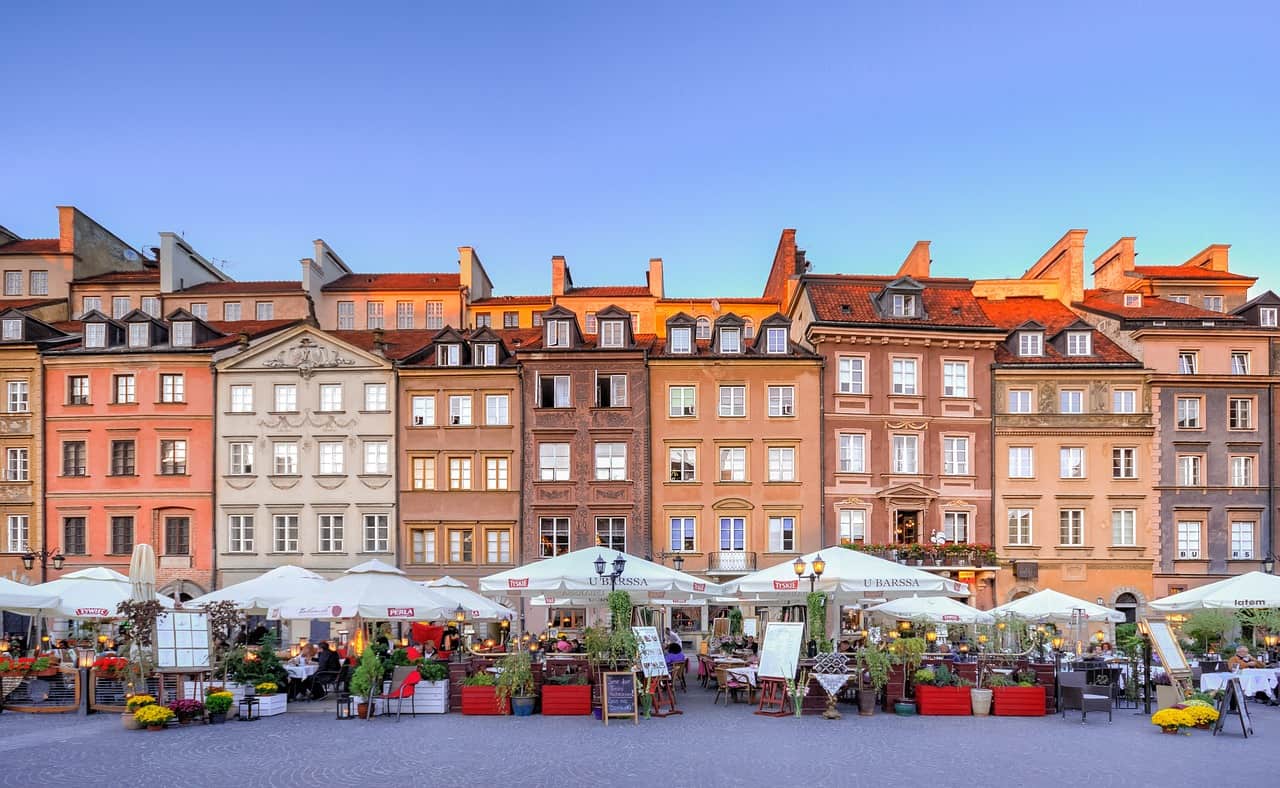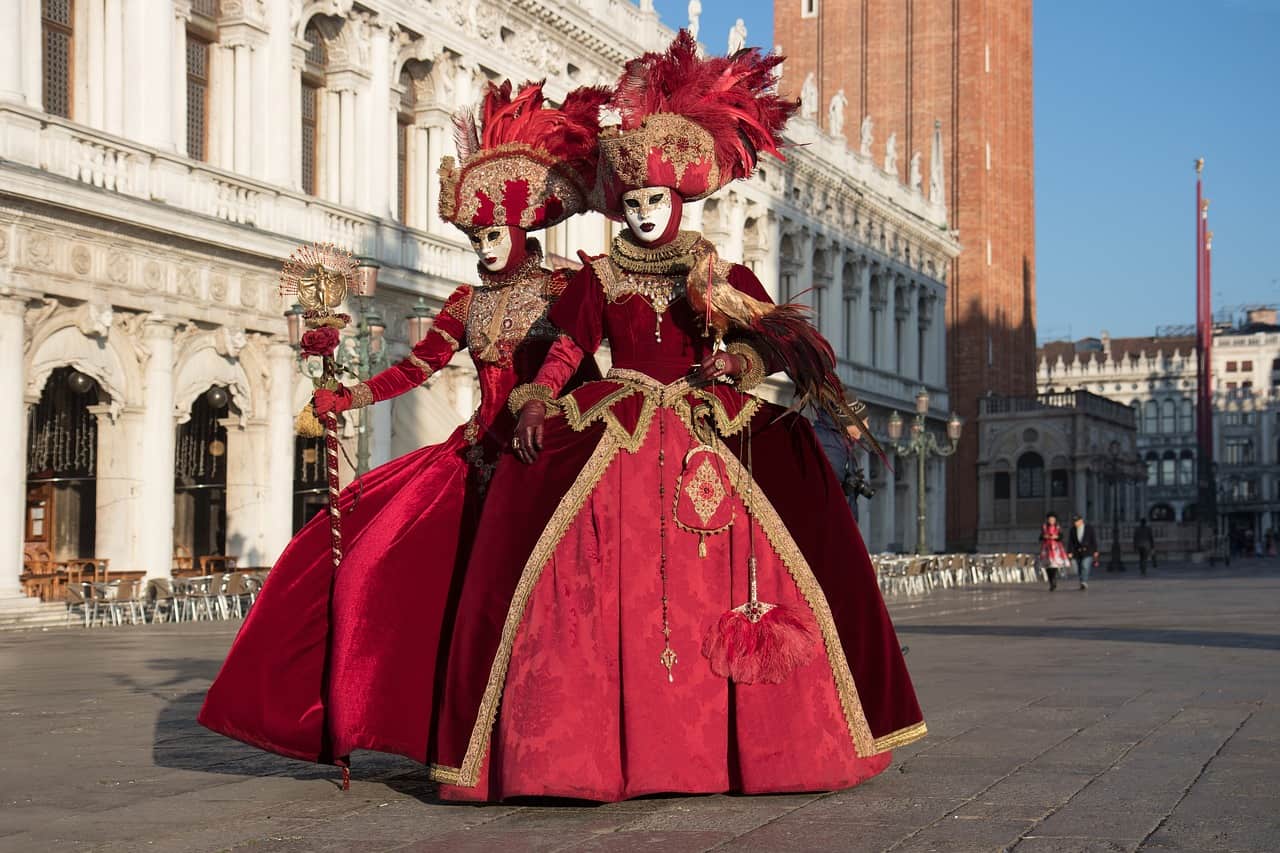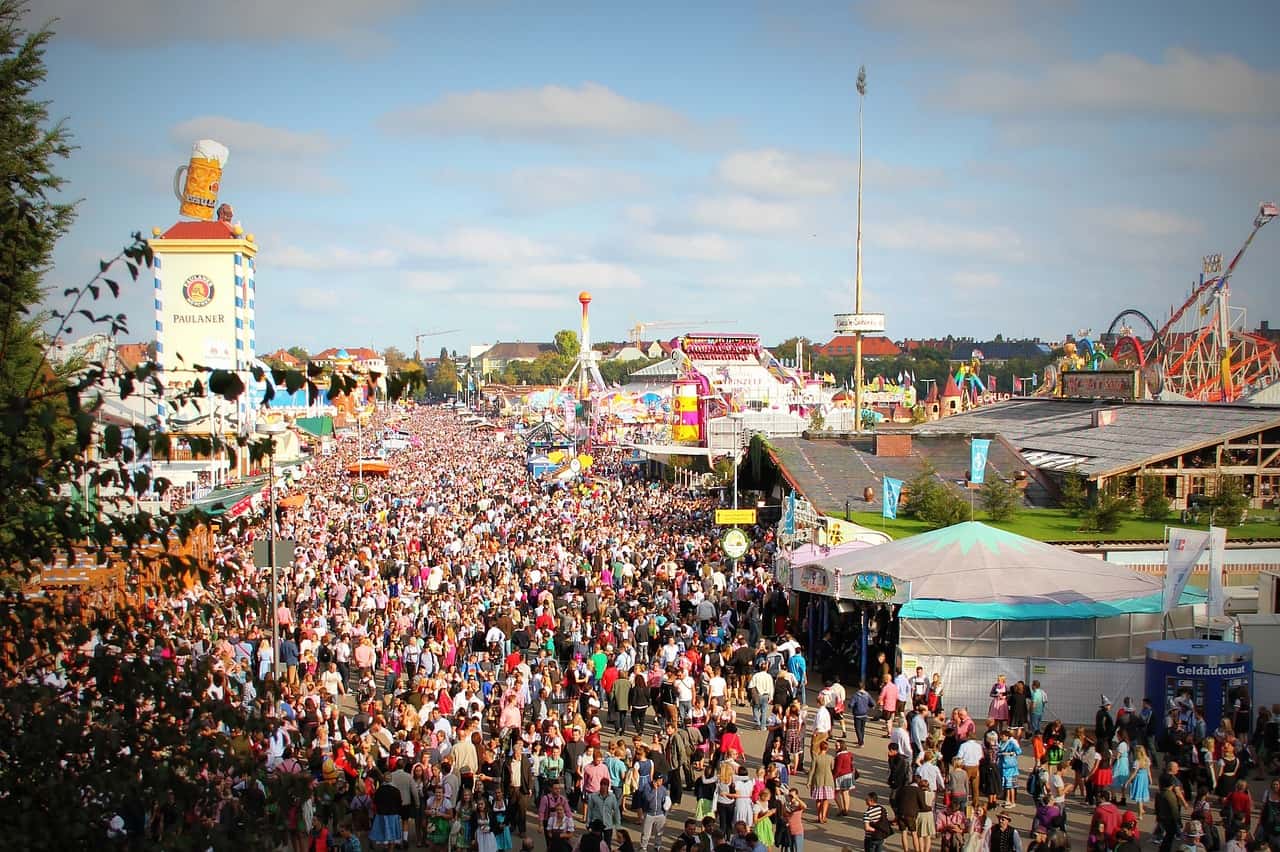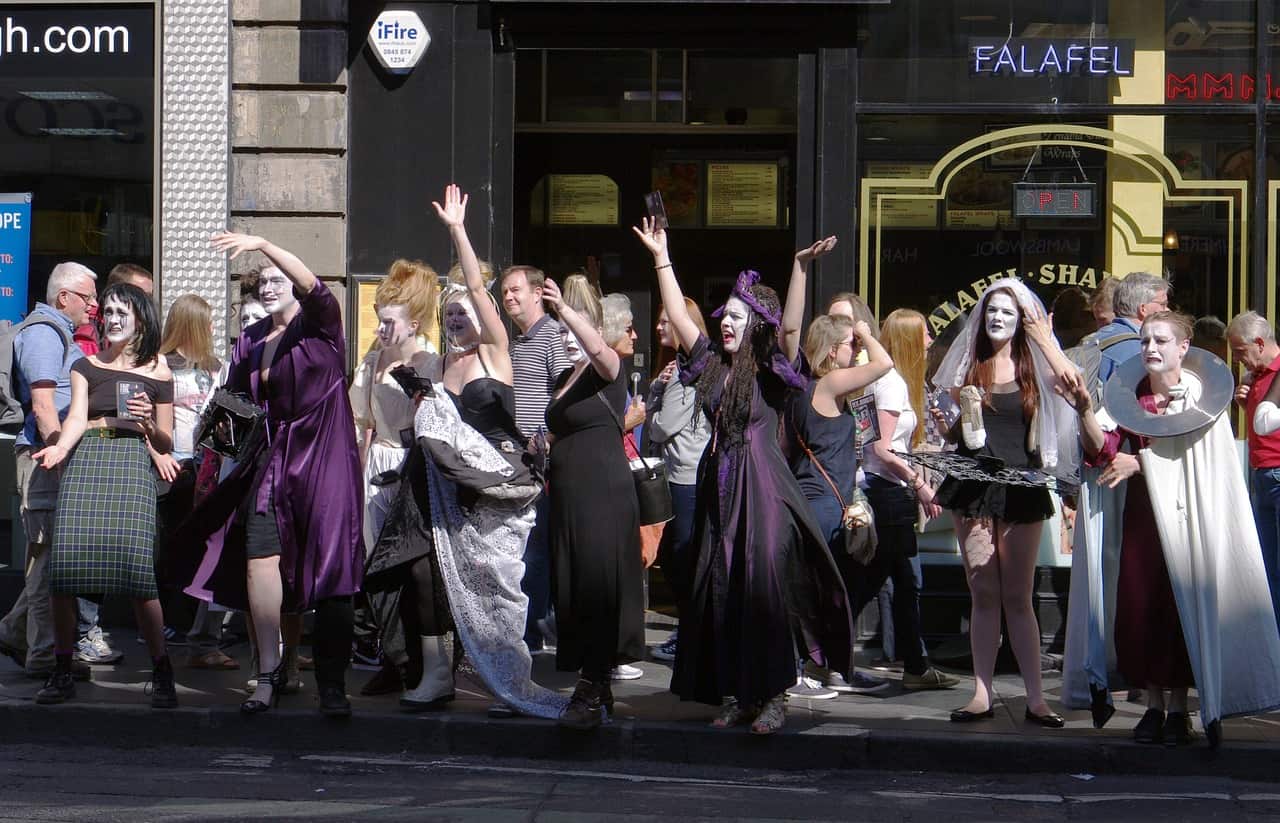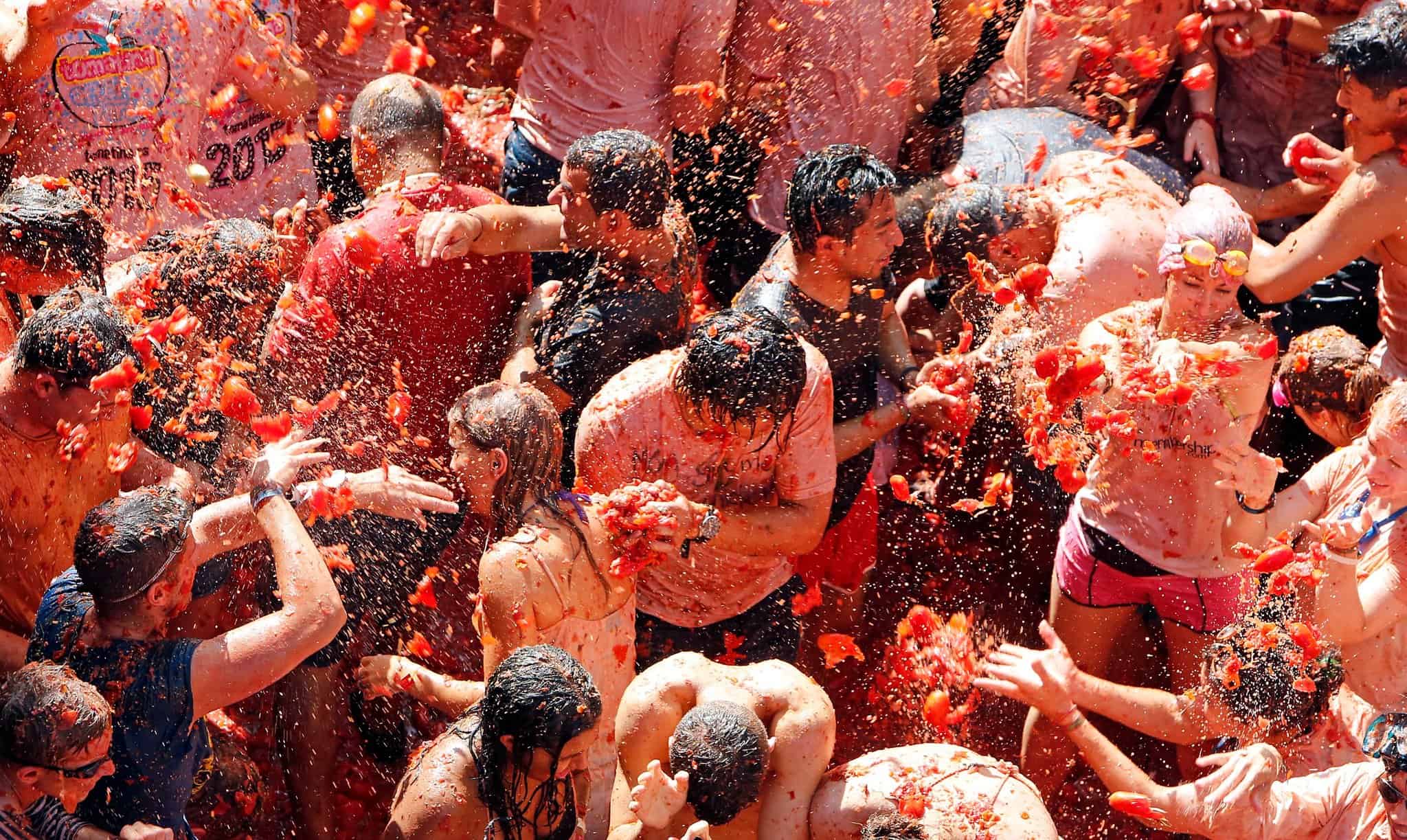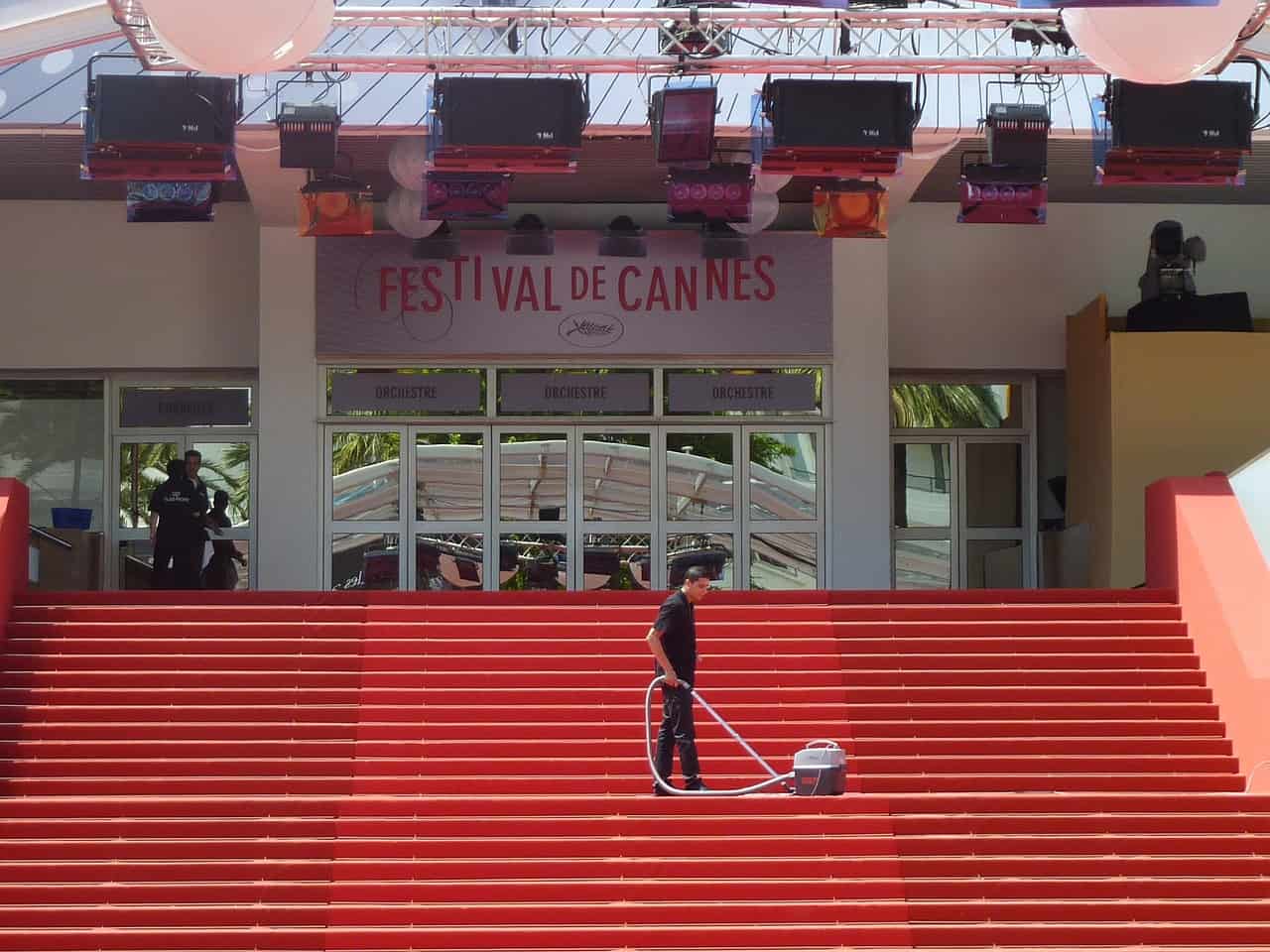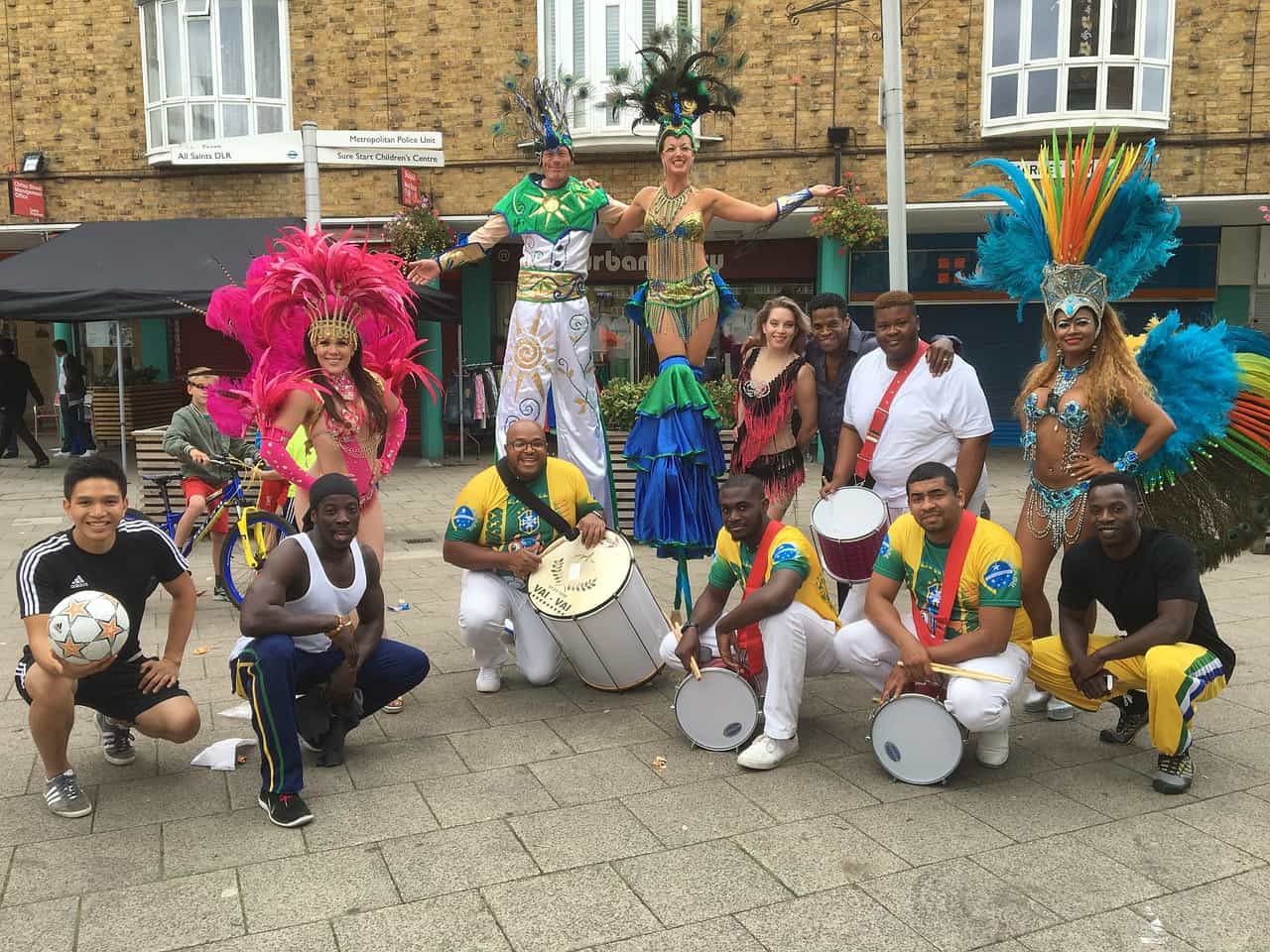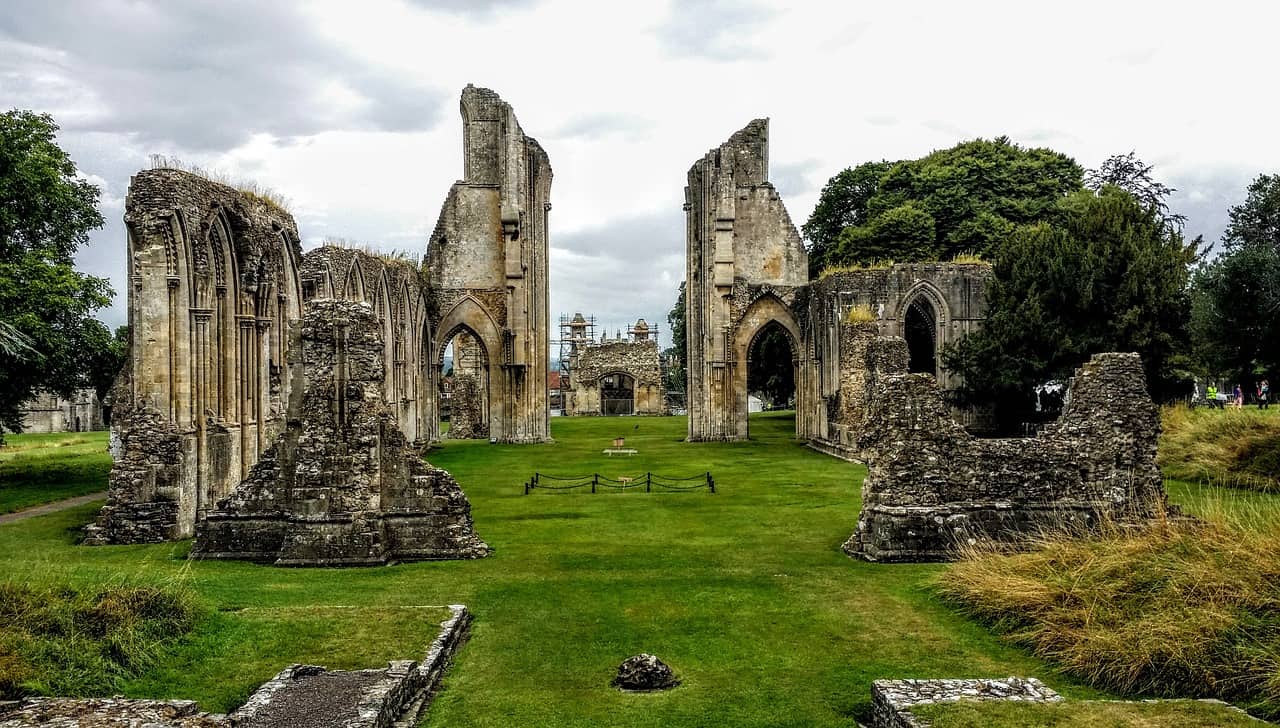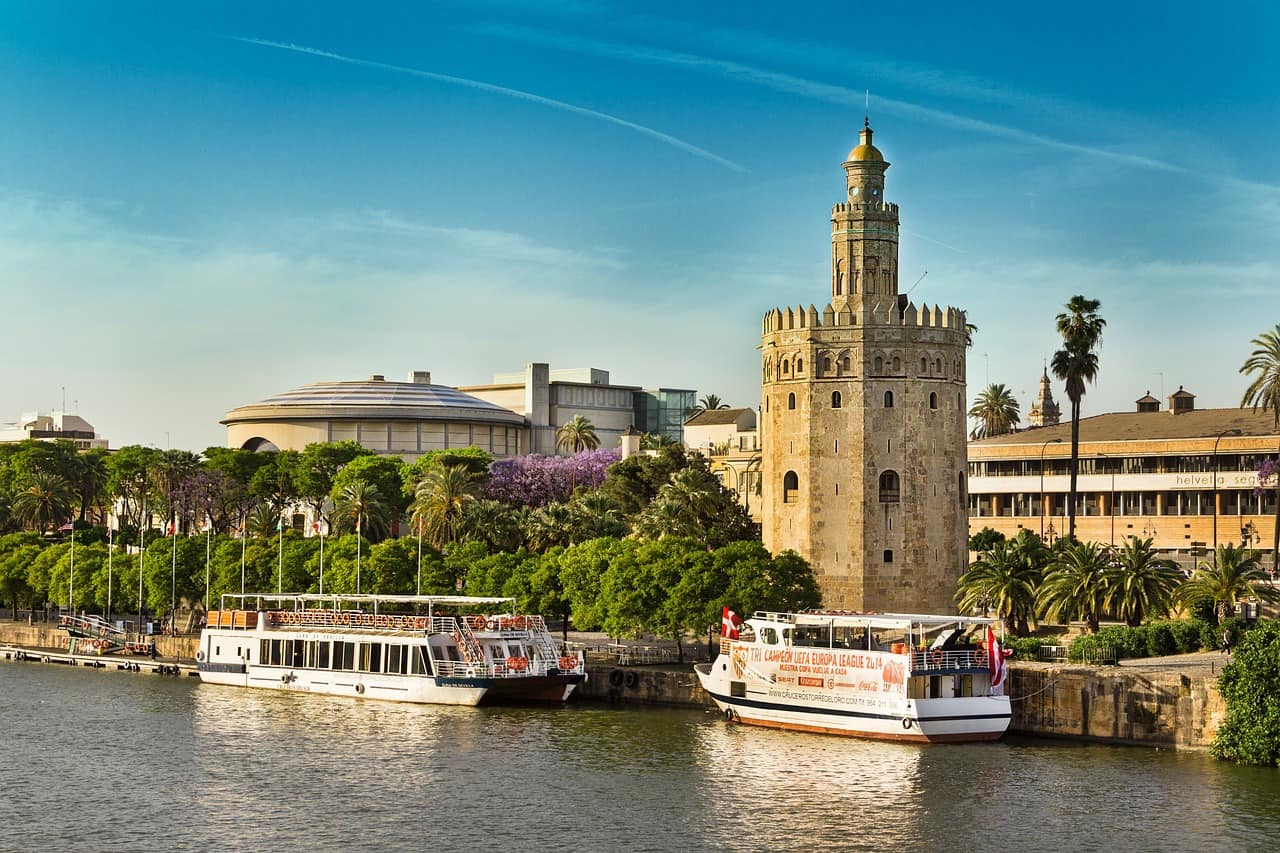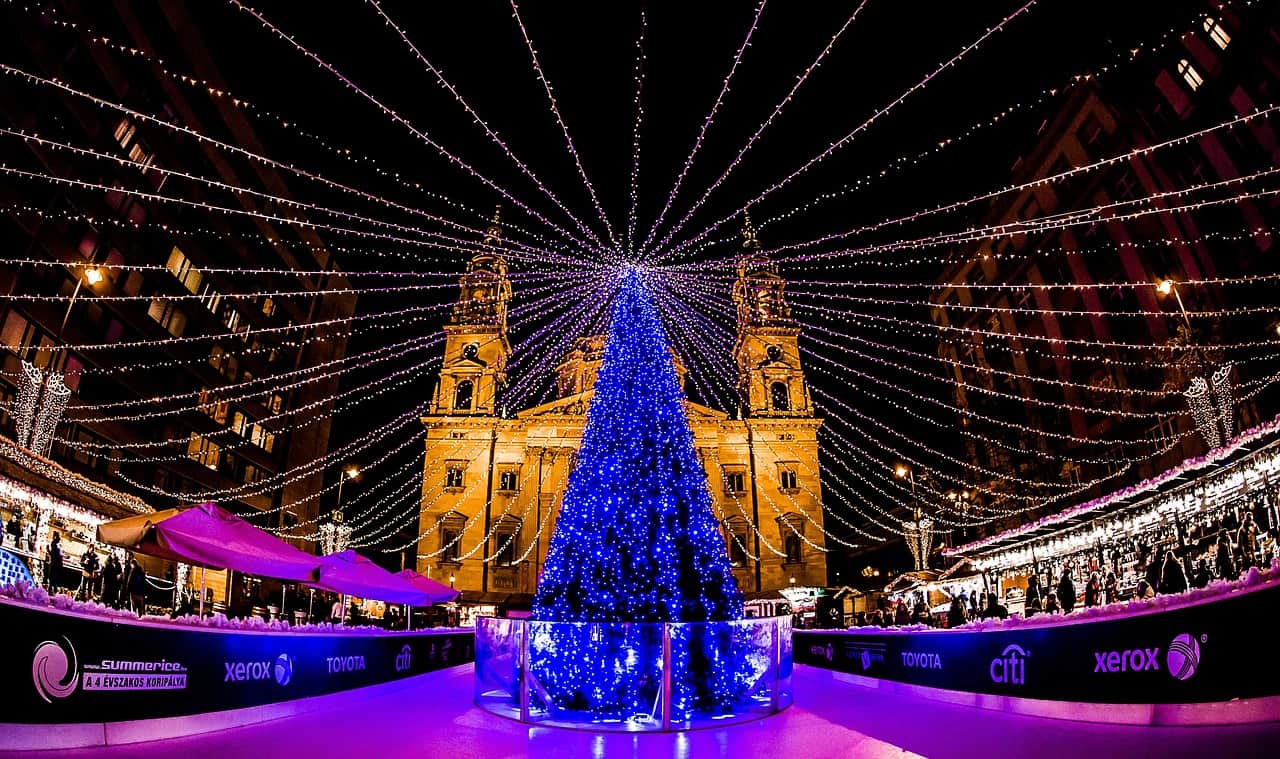In the heart of Europe, where cobblestone streets echo with the whispers of history and majestic palaces stand as sentinels of time, European cultural capitals events unfold like vibrant chapters in a rich narrative. As someone who has wandered through the enchanting landscapes of Europe, I’ve come to appreciate the profound significance of these cultural celebrations. Each event is a tapestry, intricately woven with threads of tradition, innovation, and artistic expression. Join me on a journey through the kaleidoscope of European culture, where festivals, carnivals, and artistic showcases paint the continent with hues of diversity and creativity.
I. Significance of Cultural Events in Europe
Communion of Tradition and Modernity: European cultural events are more than mere gatherings; they are living embodiments of the continent’s spirit. From the grandeur of Vienna’s classical concerts to the avant-garde exhibitions in Berlin, these events are crucibles where tradition and modernity converge. They provide a stage for the preservation of heritage, the exploration of contemporary trends, and the celebration of the cultural mosaic that defines Europe.
Festivals for Every Palette: Europe’s cultural calendar is a treasure trove of diversity, offering a feast for every cultural palate. Whether it’s the flamboyant carnivals of Venice and Nice or the solemn processions of Holy Week in Seville, the continent embraces an array of celebrations that cater to varied tastes. The diversity extends to film festivals in Cannes, literary gatherings in Edinburgh, and the pulsating beats of music festivals like Tomorrowland in Belgium, creating an inclusive canvas for cultural enthusiasts.
From the Northern Lights to the Mediterranean Rhythms: Our journey through Europe’s cultural tapestry will unravel the magic of events such as the vivid Northern Lights Festival in Tromsø, the animated Carnevale di Venezia, the intellectual haven of the Edinburgh International Book Festival, and the rhythmic explosion of life in Seville’s Feria de Abril. These events, among others, exemplify the kaleidoscopic range of cultural celebrations awaiting those eager to immerse themselves in the essence of Europe.
As we delve into the rich calendar of cultural events, let the anticipation of discovery and celebration guide us through the enchanting landscapes of Europe’s cultural heritage. Each event, a unique chapter, invites participation and promises an unforgettable experience. Embrace the magic, the melodies, and the traditions as we traverse the diverse cultural terrain that defines this extraordinary continent.
II. Venice Carnival, Italy: A Masquerade of Elegance and Tradition
In the heart of the floating city, where labyrinthine canals and historic architecture form the backdrop, the Venice Carnival emerges as a living canvas of elegance and tradition. Having been fortunate enough to partake in this masquerade of dreams, I can attest to the magical allure that descends upon the city during this annual extravaganza. The roots of the carnival stretch back to the 11th century, making it a celebration steeped in history, mystery, and a touch of Venetian enchantment.
A. Historical Origins and Significance
Echoes of Centuries Past: The Venice Carnival, dating back to the 11th century, was initially a period of revelry and excess before the austere days of Lent. Its historical origins are entwined with the city’s penchant for the extravagant, where nobility and commoners alike would come together to celebrate in anonymity. Today, the carnival serves as a vibrant link to a bygone era, reviving the traditions of old-world Venetian splendor.
B. Elaborate Costumes and Masks
Whispers of Anonymity: What distinguishes the Venice Carnival is the elaborate and exquisite costumes that grace its cobblestone stages. As I meandered through Piazza San Marco amidst a sea of sumptuous fabrics and intricate masks, it felt as if time had paused, and I was transported to a Renaissance masquerade. The allure of anonymity, historically afforded by the masks, adds a layer of mystique, allowing revelers to immerse themselves in a world of fantasy and escape.
C. Cultural Performances and Events During the Carnival
Symphony of Culture: The Venice Carnival is not merely a visual spectacle but a symphony of cultural performances that echo through the city’s historic quarters. From grand processions and traditional music to theatrical performances and the famed Flight of the Angel, the carnival pulsates with artistic expressions. My own experience was elevated by the haunting melodies of masked musicians drifting through narrow alleys, creating an ambiance that felt like stepping into a Venetian dreamscape.
Having danced through the ethereal mist that shrouds Venice during the carnival, I can attest that this celebration transcends time, blending the allure of tradition with the magnetism of artistic expression. The Venice Carnival, a masquerade of elegance and tradition, beckons those with a penchant for enchantment to join the dance—a dance that echoes through the annals of Venetian history and continues to cast its spell on all who partake in its ephemeral splendor.
III. Oktoberfest, Munich, Germany: Beer, Music, and Bavarian Tradition
Steeped in the golden hues of barley and the infectious rhythms of traditional Bavarian tunes, Oktoberfest in Munich stands as a testament to the harmonious marriage of beer, music, and rich cultural traditions. I find myself reminiscing about the joviality and conviviality that permeated the air as I clinked steins with locals and fellow revelers. Originating in 1810 as a celebration of Bavarian Crown Prince Ludwig’s wedding, Oktoberfest has evolved into a global phenomenon, inviting beer enthusiasts and culture aficionados to partake in the spirited festivities.
A. Origins of Oktoberfest
From Royal Nuptials to Global Revelry: The inception of Oktoberfest traces back to a grand royal wedding, and what began as a one-time event has metamorphosed into an annual extravaganza. The festival’s roots in Munich’s cultural and historical fabric are palpable, creating an atmosphere where the echoes of bygone celebrations reverberate through the Theresienwiese grounds. My own exploration of Oktoberfest allowed me to witness firsthand the seamless blend of tradition and contemporary revelry that defines this iconic festival.
B. Beer Tents, Traditional Music, and Dance
Steins, Songs, and Schuhplattler: Oktoberfest is synonymous with its lively beer tents, each offering a unique blend of frothy brews, traditional music, and infectious dance. The resonance of oompah bands, the collective cheer of prost toasts, and the rhythmic stomping of the Schuhplattler dance create an ambiance that transcends cultural boundaries. In the heart of this convivial chaos, I found myself immersed in the true spirit of Gemütlichkeit—a German term encapsulating the warmth and friendliness that defines Oktoberfest.
C. Cultural Importance and Global Appeal
Bridging Continents with Brews: Beyond the confines of Munich, Oktoberfest has become a cultural ambassador, exporting the essence of Bavarian conviviality worldwide. The festival’s global appeal lies not only in the amber hues of the beer but in the communal revelry that bridges cultures. As I raised my stein in the company of people from diverse corners of the globe, I marveled at how Oktoberfest has become a unifying celebration that transcends borders, inviting everyone to savor the taste of Bavarian tradition.
In the heart of Munich, Oktoberfest unfolds as a grand tapestry woven with the threads of beer-soaked camaraderie, spirited melodies, and the timeless embrace of Bavarian tradition. My own Oktoberfest experience remains etched in the joyous clinks of steins, the laughter that echoed through the beer tents, and the camaraderie that seamlessly connected strangers. Oktoberfest, with its roots firmly planted in history, continues to evolve, inviting the world to join in the merriment and partake in the global celebration of Bavarian culture.
IV. Edinburgh Festival Fringe, Scotland: A Theatrical Extravaganza
In the heart of Scotland’s enchanting capital, the Edinburgh Festival Fringe stands as a vibrant testament to the kaleidoscope of creativity that defines the world’s largest arts festival. As I meandered through the cobbled streets, the city itself seemed to transform into a colossal stage where artistic expression knew no bounds. The origins of the Fringe trace back to 1947 when eight theatre groups decided to crash the inaugural Edinburgh International Festival, showcasing their performances on the “fringe” of the official program. Little did they know that this rebellious act would birth a cultural phenomenon that transcends genres, continents, and expectations.
A. World’s Largest Arts Festival
Where Creativity Knows No Bounds: The Edinburgh Festival Fringe has grown exponentially since its humble beginnings, evolving into an expansive canvas that hosts thousands of artists from around the globe. From theatre and comedy to dance, music, and spoken word, the Fringe embraces the entire spectrum of performing arts. My own immersion in this artistic tapestry revealed that every corner of Edinburgh becomes a stage, every alleyway a venue, and every performer an integral brushstroke in the larger canvas of creative expression.
B. Diverse Performances and Genres
A Feast for the Senses: What sets the Edinburgh Festival Fringe apart is its unparalleled diversity. One moment, you find yourself enraptured by a thought-provoking play in an intimate venue, and the next, you’re caught in the uproarious laughter of a stand-up comedy show. The festival’s allure lies in its ability to cater to every artistic palate, from avant-garde experimental performances to crowd-pleasing spectacles. My own journey through this artistic wonderland allowed me to appreciate the eclectic nature of the Fringe, where every street corner seemed to offer a new and unexpected performance.
C. Impact on the City’s Cultural Scene
A Transformative Cultural Landscape: Beyond the artistic spectacle, the Edinburgh Festival Fringe has left an indelible mark on the city’s cultural identity. As venues sprout in historic landmarks, parks, and even makeshift spaces, Edinburgh itself becomes a living, breathing theatre. The festival not only attracts art enthusiasts but transforms the entire city into a cultural melting pot. The streets buzz with energy, creativity spills into every nook and cranny, and for a few weeks, Edinburgh becomes a global hub for artistic exploration. My experience attested to the festival’s transformative impact, where the city itself becomes a canvas for the convergence of tradition and innovation.
The Edinburgh Festival Fringe is more than an event; it’s a celebration of the boundless possibilities of human creativity. As I navigated the labyrinth of performances, I marveled at the capacity of art to transcend boundaries and forge connections. The Fringe is a testament to the enduring spirit of artistic rebellion, proving that sometimes, stepping to the fringe is the best way to take center stage in the world of creativity.
V. La Tomatina, Buñol, Spain: The World’s Largest Tomato Fight
In the small town of Buñol, Spain, a unique tradition has transformed the streets into a canvas of red hues every August—the renowned La Tomatina festival. Originating from a spontaneous food fight among friends in 1945, this tomato-flinging fiesta has grown into the world’s largest tomato fight, attracting revelers from across the globe, myself included. The festival’s historical roots intertwine with local tradition, creating an annual spectacle that transcends mere frivolity to become a symbol of community and cultural vibrancy.
A. Historical Roots and Local Tradition
From Food Fight to Festivity: La Tomatina’s inception can be traced back to a playful food fight among friends in the aftermath of a traditional parade. Over the years, this spontaneous event evolved into a full-fledged festival, now deeply ingrained in the cultural fabric of Buñol. The significance of this tomato battle goes beyond mere revelry; it reflects the town’s spirited embrace of joy and camaraderie. As I waded through the sea of tomatoes, I couldn’t help but marvel at the transformation of a lighthearted pastime into a globally celebrated tradition.
B. Festivities and Rules of Engagement
Tomato-Flinging Extravaganza: The festivities kick off with the palo jabón, where participants attempt to climb a greased pole to reach a coveted ham at the top—an appetizer before the tomato main course. The town square then becomes a battleground, as truckloads of ripe tomatoes are unleashed upon the eager crowd. Amidst the chaotic yet jubilant atmosphere, there are a few rules to keep the revelry in check—squashing tomatoes before throwing, maintaining a safe distance from the lorries, and stopping when the second shot is fired. My own experience in the midst of this saucy skirmish was a vivid illustration of controlled chaos, as thousands of tomatoes flew in every direction.
C. Community and Cultural Significance
A Symbol of Unity: La Tomatina transcends its status as a mere festival; it is a testament to the spirit of unity and shared joy. The local community actively participates in organizing the event, from preparing the tomatoes to ensuring the safety of attendees. Beyond the merriment, the festival underscores the communal bonds that define Buñol. As I joined locals and fellow visitors in this crimson carnival, it was evident that La Tomatina is more than a fleeting event—it’s an expression of cultural pride and a celebration of shared heritage.
Participating in La Tomatina is an immersive dive into a sea of tomatoes and the vibrant spirit of Buñol. The festival’s ability to seamlessly blend history, tradition, and exuberance left an indelible mark on my travel memories, proving that sometimes, the most unconventional celebrations offer the richest experiences. La Tomatina is not just a tomato fight; it’s a visceral celebration of life, community, and the joy found in embracing the unexpected.
VI. Cannes Film Festival, France: Glamour, Cinema, and International Prestige
Nestled along the sun-kissed French Riviera, the Cannes Film Festival is an annual extravaganza that transforms the idyllic town into a glamorous hub of cinematic brilliance. As someone who has had the privilege of walking the iconic red carpet and witnessing film premieres against the backdrop of the azure Mediterranean, I can attest to the unparalleled allure of this cinematic spectacle. The history and evolution of the festival, the dazzling red carpet events, and the profound cultural impact on the film industry converge to make Cannes a glittering celebration of cinema’s global influence.
A. History and Evolution of the Festival
From Modesty to Global Grandeur: The Cannes Film Festival traces its origins to 1946 when it emerged as a response to the austerity of post-war Europe. Over the decades, what began as a modest event has evolved into one of the most prestigious film festivals globally. Cannes has not only retained its dedication to showcasing artistic and innovative films but has become a symbol of cinematic opulence and international acclaim. My own exploration of Cannes during the festival was a journey through time, witnessing how this coastal town has become synonymous with the crème de la crème of world cinema.
B. Red Carpet Events and Film Premieres
A Stroll into Stardom: The Cannes red carpet is more than just a strip of scarlet luxury; it’s a pathway to film history and stardom. As celebrities, filmmakers, and cinephiles converge on the Palais des Festivals, the red carpet becomes a stage for the grandeur of cinema. The allure of witnessing film premieres, surrounded by the glitz of Hollywood and the artistry of global cinema, is an experience that transcends the screen. Having trod the same steps as cinematic legends, I can attest to the surreal and enchanting atmosphere that envelopes Cannes during these red carpet events.
C. Cultural Impact on the Film Industry
A Launchpad for Masterpieces: Cannes is not merely a showcase; it is a cultural phenomenon that shapes the trajectory of the film industry. The coveted Palme d’Or, awarded to the best film in competition, is a symbol of cinematic excellence that propels filmmakers into the global spotlight. The festival’s influence extends beyond the French Riviera, as winning the Palme d’Or often heralds international recognition and success. My own interactions with filmmakers and industry professionals during Cannes underscored the festival’s role as a cultural touchstone, where artistic innovation meets commercial viability, setting the tone for the global cinematic landscape.
Participating in the Cannes Film Festival is a cinematic odyssey—one that marries the splendor of the French Riviera with the magic of storytelling. The festival’s ability to seamlessly blend history, glamour, and cultural impact is a testament to its enduring legacy. Cannes is not just a festival; it’s a celebration of the art form that transcends borders, languages, and genres—a celebration I was fortunate to witness firsthand, where the magic of cinema meets the allure of the Mediterranean.
VII. Notting Hill Carnival, London, UK: Caribbean Rhythms in the Capital
Having danced to the infectious beats and vibrant colors of the Notting Hill Carnival, I can attest to the unique energy that engulfs London during this multicultural extravaganza. Rooted in Caribbean traditions, the carnival transforms the streets of Notting Hill into a pulsating sea of revelry, showcasing the rich tapestry of cultures that call London home. As I delved into the heart of the celebration, the Caribbean roots, the exuberant parade, and the profound impact on cultural diversity and social cohesion became evident, making the Notting Hill Carnival a must-experience event for anyone seeking a taste of the world in the heart of London.
A. Caribbean Roots and Multicultural Celebration
A Melting Pot of Cultures: The Notting Hill Carnival traces its origins to the Caribbean immigrant community in London, particularly those of Trinidadian and Tobagonian descent. Over the years, it has evolved into a celebration of London’s multicultural identity, reflecting the diverse communities that contribute to the city’s vibrant tapestry. The carnival is not just an event; it’s a living testament to the harmonious coexistence of cultures, where Caribbean roots intertwine with the global influences that define modern London. My own exploration of the carnival revealed a kaleidoscope of colors, costumes, and rhythms that spoke to the diversity and unity at the heart of this spectacular event.
B. Parade, Costumes, and Music
An Explosion of Creativity: The heartbeat of the Notting Hill Carnival is undoubtedly the grand parade, a dazzling spectacle of elaborate costumes, rhythmic dance, and infectious music. As I marveled at the intricacy of the costumes and moved to the infectious beats of Soca and Calypso, I realized that the carnival is not just a display of artistic prowess but a channel for individual and collective expression. Each costume tells a story, each dance move narrates a cultural tale, and each note of the music reverberates with the spirit of celebration. The carnival is a canvas where creativity knows no bounds, and participants and spectators alike are invited to be part of a living, breathing work of art.
C. Cultural Diversity and Social Impact
Bridging Communities: Beyond the revelry and spectacle, the Notting Hill Carnival plays a crucial role in fostering social cohesion and understanding. It is a testament to London’s commitment to embracing and celebrating its diverse communities. The carnival provides a platform for communities to share their traditions, dispel stereotypes, and build connections. Witnessing the joyous mingling of people from all walks of life, I realized the profound social impact the carnival has on breaking down barriers and fostering a sense of unity. The Notting Hill Carnival, in its essence, is a celebration that transcends cultural differences, creating a space where everyone is invited to partake in the joy of togetherness.
Participating in the Notting Hill Carnival is a sensory journey that goes beyond the visual and auditory spectacle. It’s an immersion into the heart of a community-driven celebration that echoes with the laughter, dances to the rhythms, and radiates the warmth of cultural diversity. The carnival is more than an event; it’s a living testament to the power of celebration in forging connections, breaking down barriers, and embracing the rich mosaic of cultures that make London a truly global city.
VIII. Glastonbury Festival, UK: A Pinnacle of Music and Arts
Navigating the sprawling fields of Glastonbury, I couldn’t help but be in awe of how this festival has evolved from its humble hippie roots into a global cultural phenomenon. As someone who has been entranced by the magic of live music, the Glastonbury Festival emerged as a mecca, drawing artists and attendees from around the world into a celebration that transcends mere entertainment. The journey through Glastonbury is not just a sonic adventure but a profound exploration of artistic expression, cultural exchange, and a commitment to sustainability that echoes through the hills of Somerset.
A. Evolution from a Hippie Gathering to a Global Event
Roots in the Counterculture: Glastonbury Festival traces its lineage to the counterculture movements of the 1970s, where it began as a small gathering emphasizing peace and free-spirited expression. Fast forward to today, and it has metamorphosed into a colossal event that spans genres and generations. My own experience navigating the festival grounds brought into focus the rich history that lurks beneath each stage, transforming what was once a humble hippie congregation into a cultural behemoth that attracts hundreds of thousands.
B. Music, Performing Arts, and Cultural Workshops
A Symphony of Expression: At the heart of Glastonbury lies a diverse tapestry of musical genres, where iconic headliners share the stage with emerging artists, creating a sonic journey that resonates across the festival grounds. Beyond the music, the festival weaves in a vibrant array of performing arts, from theatrical performances to awe-inspiring circus acts. What struck me most was the inclusion of cultural workshops, providing attendees with opportunities to engage with various art forms, fostering a sense of participation and collaboration. Glastonbury is not just a spectator’s delight; it’s a canvas for creative expression, inviting everyone to contribute to the artistic narrative.
C. Sustainability Initiatives and Cultural Exchange
Green Fields and Global Vibes: One of the most remarkable facets of Glastonbury is its unwavering commitment to sustainability. As I strolled through the Green Fields, where eco-friendly initiatives take center stage, I witnessed a community dedicated to minimizing its environmental impact. Glastonbury isn’t just a festival; it’s a crucible for cultural exchange, where attendees share ideas, traditions, and a collective responsibility for the planet. The ethos of Glastonbury extends beyond the stages and into a global dialogue on how large-scale events can be a force for positive change.
Participating in the Glastonbury Festival is akin to embarking on a sensory odyssey, where the harmonies of music blend with the vibrant hues of artistic expression and the green ethos of sustainable living. It’s not merely a festival; it’s a testament to the power of collective celebration, artistic diversity, and the profound impact cultural events can have on shaping a more conscious and connected world. Glastonbury is a beacon, reminding us that festivals, at their zenith, are platforms for not just entertainment but for forging a global community rooted in creativity, inclusivity, and sustainability.
IX. Feria de Abril, Seville, Spain: Flamenco, Horses, and Andalusian Tradition
My journalistic journey led me to the heart of Seville, where I had the privilege of immersing myself in the vibrant celebration that is Feria de Abril. This springtime extravaganza, a testament to Andalusian vitality, unfolds like a kaleidoscope of color, music, and tradition. The rhythmic clatter of hooves, the passionate strumming of guitars, and the twirl of vibrant dresses create a sensory symphony that encapsulates the very essence of Seville’s cultural spirit.
A. Spring Fair Celebrating Andalusian Culture
Floral Splendor and Joyous Revelry: As the cherry blossoms bloomed, so did the spirit of Feria de Abril. The fair, inaugurated with the famous alumbrao, where thousands of lights illuminate the festival grounds, marks the beginning of a week-long celebration. Strolling through the decorated casetas, traditional marquee tents that line the fairgrounds, I discovered a world where Andalusian culture unfurls in its full glory. From intricate ceramics to vibrant shawls, each caseta becomes a microcosm of Andalusian craftsmanship and hospitality.
B. Flamenco Music and Dance
Passion in Every Strum: The soul-stirring strains of flamenco reverberate through the fair, inviting revelers to join in the rhythmic celebration. Flamenco, the heartbeat of Andalusian identity, finds its true home at Feria de Abril. The dance, an intricate fusion of expressive footwork and emotive guitar melodies, becomes a communal expression of joy, sorrow, and passion. As I witnessed spontaneous flamenco performances erupting in the streets, I marveled at the genuine spontaneity that encapsulates the heart of this cultural extravaganza.
C. Horse Parades and Traditional Clothing
Elegance on Hooves: The equestrian pageantry of Feria de Abril is a spectacle that captivates both locals and visitors alike. Majestic horses, adorned with colorful trappings, parade through the fairgrounds, their riders exuding an air of regal elegance. Dressed in traditional Andalusian attire, the participants transform the fair into a living canvas where the heritage of the region is proudly displayed. For me, observing the intricate details of the trajes de gitana (flamenco dresses) and the trajes cortos (short jackets and trousers for men) was like witnessing a moving art exhibition, a testament to the time-honored craftsmanship that defines Andalusian fashion.
Feria de Abril transcends the realms of a typical festival; it’s a living testament to the unbridled spirit of Andalusia. Each step on the sunlit cobblestone streets, every note of flamenco, and the resplendent sight of horses in parade becomes a brushstroke in a masterpiece that encapsulates the cultural richness of Seville. It’s a celebration that goes beyond spectacle, inviting participants and observers to share in the joy of tradition, music, and the indomitable spirit of Andalusian fiesta.
X. Sziget Festival, Budapest, Hungary: Music, Arts, and Island Vibes
In the mosaic of global festivals, my journalistic exploration led me to the enchanting “Island of Freedom” in Budapest, Hungary — the vibrant stage for the Sziget Festival. Nestled on the Danube River, this week-long celebration transcends the boundaries of a typical music festival, offering a kaleidoscopic experience where music, arts, and diverse cultures converge.
A. The “Island of Freedom” Festival
Danube Rhythms and Festival Beats: The moment I set foot on the Hajógyári Island, transformed into the “Island of Freedom” during the festival, I felt an unmistakable energy in the air. The island, usually serene, metamorphoses into a pulsating hub of creativity and self-expression. Camping beneath the stars, the gentle lapping of the Danube serving as a lullaby, I realized that Sziget is not just a festival; it’s a temporary utopia where the spirit of freedom and acceptance flourishes.
B. Eclectic Music Lineup and Diverse Cultural Programs
A Symphony of Genres: Sziget’s musical palette is as diverse as the audience it attracts. From the infectious beats of mainstream headliners to the eclectic tunes emanating from hidden stages in the heart of the island, every corner resonates with the universal language of music. I found myself dancing under the stars to indie rock, savoring the soulful melodies of world music, and being swept away by the electronic rhythms that echoed through the night. Beyond the stages, the island blooms with art installations, theater performances, and workshops — a testament to Sziget’s commitment to fostering a holistic cultural experience.
C. International Community and Cultural Exchange
Global Village Vibes: Sziget’s magic lies not just in its musical allure but in the sense of global community it cultivates. Wander through the festival grounds, and you’ll encounter a microcosm of the world. I vividly remember sharing stories with fellow festival-goers from different corners of the globe, each one bringing a unique cultural perspective. Sziget becomes a nexus where borders dissolve, and the exchange of ideas, languages, and traditions creates a vibrant tapestry of global camaraderie.
Sziget Festival is more than a gathering of music enthusiasts; it’s an immersion into a collective celebration of freedom, diversity, and the unifying power of the arts. As the sun sets over the Danube, casting a warm glow on the “Island of Freedom,” the echoes of laughter, music, and shared experiences linger — a testament to the enduring impact of this unique festival.
XI. Conclusion: Celebrating Europe’s Cultural Tapestry
As I conclude this captivating journey through the vibrant tapestry of European cultural events, the resonance of diverse celebrations lingers in my memory. From the masquerade elegance of Venice Carnival to the rhythmic beats of Notting Hill Carnival, and the island vibes of Sziget Festival, each event encapsulates a unique chapter in Europe’s cultural saga.
A Symphony of Traditions: These cultural events are more than mere spectacles; they are living narratives, unfolding stories of heritage, tradition, and innovation. Reflecting on the grandeur of Oktoberfest in Munich or the intimate revelry of Feria de Abril in Seville, I am reminded that each celebration is a thread in the intricate fabric of European identity. It’s a reflection of the continent’s rich history, where ancient traditions dance alongside contemporary expressions.
Invitation to Cultural Sojourn: The kaleidoscope of cultural events in Europe invites travelers on a profound sojourn, urging them to explore beyond the tourist trails. These festivals and carnivals are not just showcases; they are invitations to immerse oneself in the essence of diverse cultures, forging connections and building bridges across borders. My journey has been a testament to the transformative power of cultural exploration, a journey that unfolds not just within the confines of geography but in the hearts and minds touched by the spirit of celebration.
Beyond Boundaries: The allure of European cultural events transcends geographical boundaries. Whether it’s the timeless elegance of the Venice Carnival or the modern beats of Glastonbury Festival, these celebrations resonate globally, drawing in participants and enthusiasts from every corner of the world. It’s a testament to the universal language of culture and the ability of these events to foster a sense of shared humanity.
In the symphony of European cultural events, each note contributes to a melody that celebrates diversity, fosters understanding, and ignites a passion for exploration. As I encourage fellow enthusiasts to embark on their own cultural odyssey, I am reminded that the heart of Europe’s cultural richness beats not just in grand monuments but in the collective spirit of its people, harmonizing traditions and innovations in a timeless celebration of human expression.
